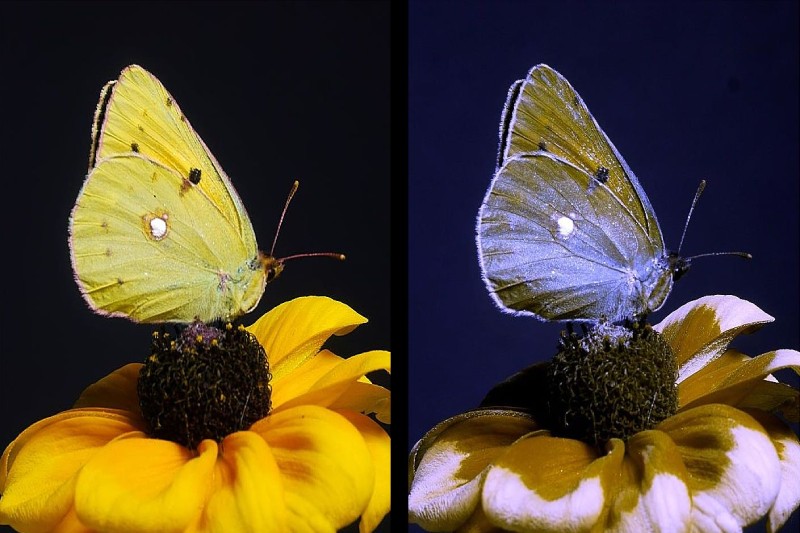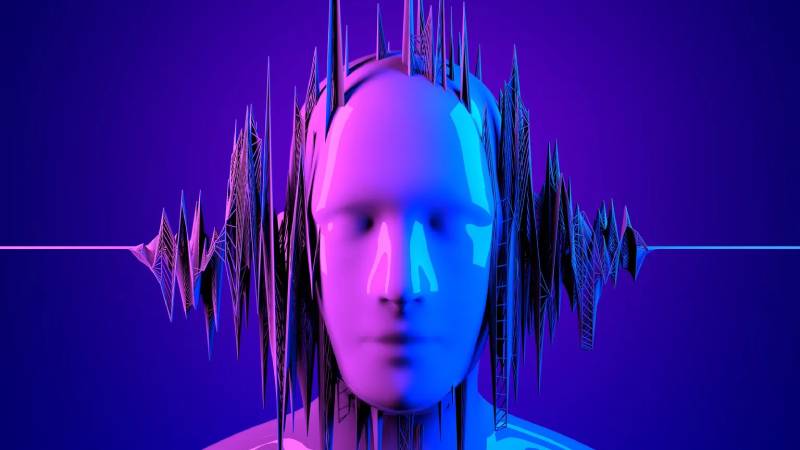Although it is often known that animals see differently from humans, it has been difficult to visualize these variances. On the other hand, a team of US and UK scientists has created a camera system that can precisely capture images and recordings that animals perceive.
According to the experts behind the recently released study, “each animal possesses a unique set of photoreceptors, with sensitivities ranging from ultraviolet through infrared, adapted to their ecological needs.” Polarized light can even be detected by certain creatures. As a result, each animal’s perception of color is distinct. All commercial cameras and our eyes are unable to detect those fluctuations in light.
According to Gizmodo, multispectral photography has been the method of choice up until now for scientists to visualize the light spectrum. Through a series of narrow-bandpass filters and a camera that is sensitive to broadband light, a sequence of images in wavelength ranges beyond human vision are captured in this procedure. Although technique yields quite realistic color results, multispectral photographs are limited to working with stationary objects and do not display animal temporal information.
“The idea of recording in UV has been around for a long time now, but there have been relatively few attempts due to the technical difficulties involved in it. Interestingly, the first published UV video is from 1969!” Hanley and Vasas tell Gizmodo. “Our new approach provides a valuable degree of scientific accuracy enabling our videos to be used for scientific purposes.”
The research done by the group was released in Plos Biology. Through their efforts, “hardware and software that enables ecologists and filmmakers to accurately record animals’ perception of color in motion” are introduced. For animals with established photoreceptor sensitivity, Python routines specifically convert images or videos into perceivable units (quantum captures), according to the study.
The technology blends cutting-edge hardware and software with established photographic techniques.
“The system works by splitting light between two cameras, where one camera is sensitive to ultraviolet light while the other is sensitive to visible light. This separation of ultraviolet from visible light is achieved with a piece of optical glass, called a beam splitter. This optical component reflects UV light in a mirror-like fashion, but allows visible light to pass through just the same way as clear glass does,” study authors Daniel Hanley, an associate professor of biology at George Mason University, and Vera Vasas, a biologist at the Queen Mary University of London, told Gizmodo. “In this way the system can capture light simultaneously from four distinct wavelength regions: ultraviolet, blue, green, and red.”
The software converts the data into “perceptual units” that represent an animal’s photoreceptor sensitivity after the camera takes the picture. They discovered that their methodology was between 92 and 99 percent accurate when they compared their findings to spectrophotometry, the gold standard technique for creating fake color images.
In addition to being revolutionary for researchers, this new technology will be a great asset in producing higher-quality wildlife movies. It makes sense that future National Geographic movies would make use of this technology, as the National Geographic Society funded some of the research. The researchers clarified that they included automation and interactive platforms into the software design process, keeping end users in mind.
“The camera system and the associated software package will allow ecologists to investigate how animals use colors in dynamic behavioral displays, the ways natural illumination alters perceived colors, and other questions that remained unaddressed until now due to a lack of suitable tools,” the abstract of the paper explains. “Finally, it provides scientists and filmmakers with a new, empirically grounded approach for depicting the perceptual worlds of nonhuman animals.”
It was made plain by the researchers that they want other people to use their technologies. To encourage the community to keep developing their work, the group has made the code publicly available and open-source. They used commercially available cameras and technology. The program is available to interested parties as a Python library named video2vision. It is available for download and installation from GitHub or the PyPI repository.
Topics #Animals' Color #Camera










